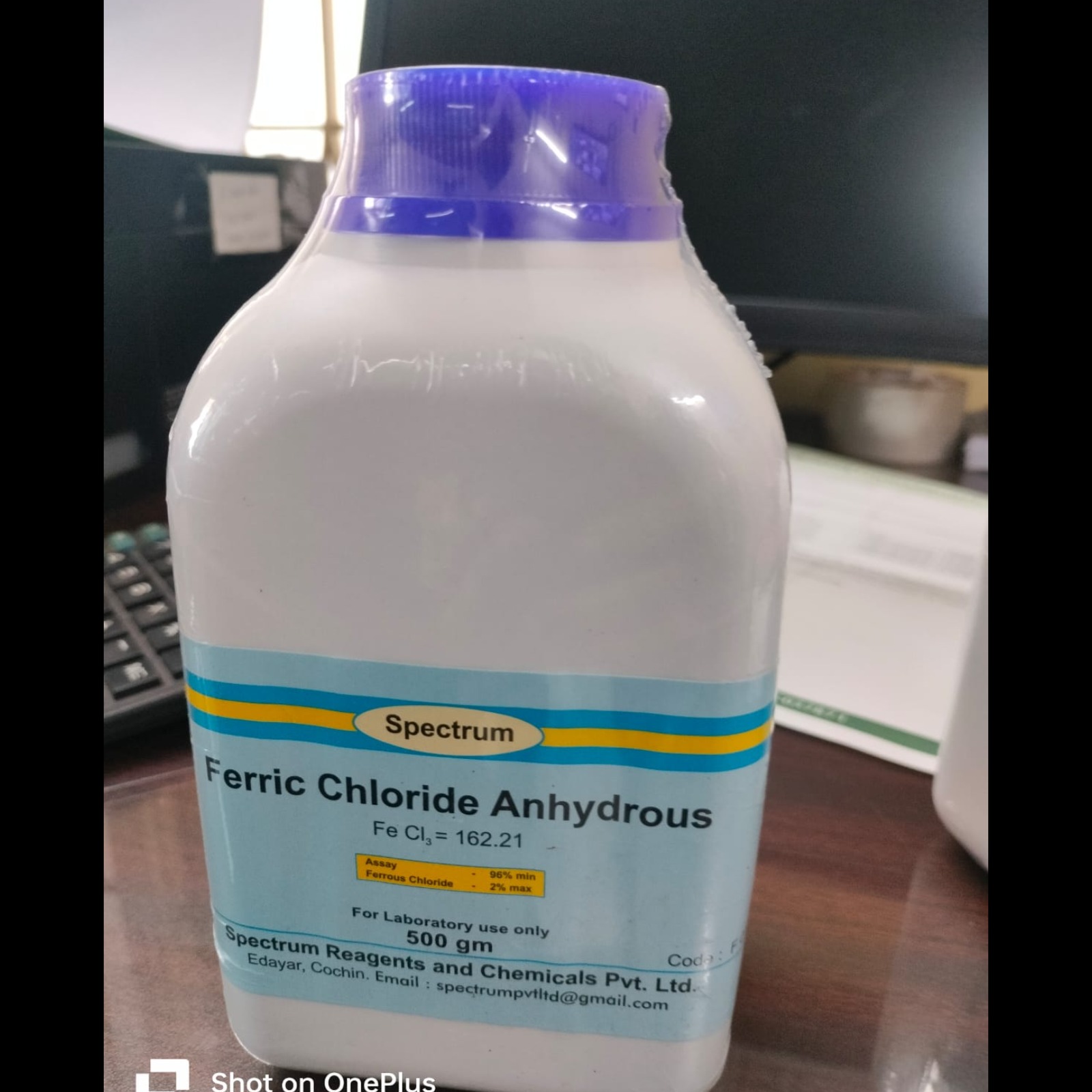
2025-08-12T11:38:00
Ferric chloride anhydrous, also known as iron(III) chloride, is a chemical compound with the formula FeCl3. It's a dark, crystalline solid that appears dark green by reflected light and purple-red by transmitted light. It is hygroscopic, meaning it readily absorbs moisture from the air. Ferric chloride anhydrous finds wide applications in various fields: Water Treatment: Used as a coagulant to remove impurities from water and in wastewater treatment to remove phosphorus, sulfides, heavy metals, and other contaminants. Etching: Used as an etching agent in printed circuit board (PCB) manufacturing to dissolve copper. Catalyst: Functions as a catalyst in organic synthesis reactions such as Friedel-Crafts acylation and alkylation. Chlorination Reactions: Used in electrophilic aromatic substitution reactions to generate chloronium ions and chlorine gas. Metallurgy: Employed as a leaching agent in certain metallurgical processes. Laboratory Reagent: Used to detect the presence of iron ions in chemical solutions. Production: Ferric chloride anhydrous can be prepared through the direct chlorination of iron with chlorine, followed by condensation of the sublimed product. It can also be prepared from ferrous chloride (FeCl₂) by oxidation using hydrogen peroxide, oxygen or chlorine. Safety precautionsFerric chloride anhydrous is harmful if swallowed, causes skin irritation and serious eye damage. It is corrosive to metals. It is essential to wear protective gloves, eye protection, and face protection when handling it. In case of skin contact, wash with plenty of water. If in eyes, rinse cautiously with water for several minutes and seek medical advice.

Have a question? Ask here!
Required fields are marked *